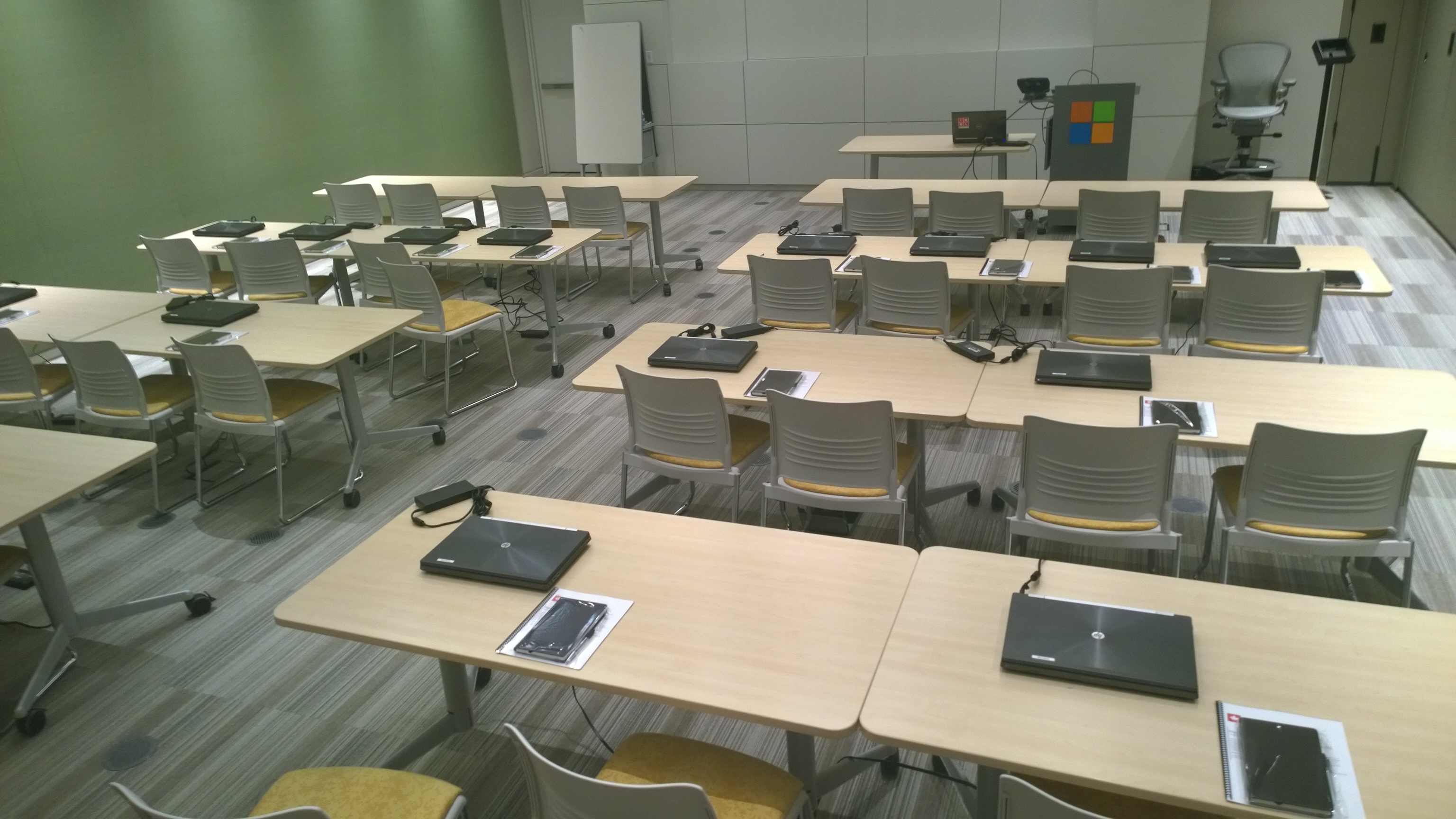Step-By-Step: Building Your Own Lab on Windows Server 2012 R2
CANITPRO Camps have started with events already taking place across this great nation. Many who attend the said Camps are appreciative for the time made available through labs to learn the advantages hands on offerings such as Windows Server 2012 R2. Frequently the question in regards to how an attended can setup their own lab is brought forward. To setup your Windows Server 2012 R2 lab machine be sure to keep the following PC requirements in mind:
- Windows Vista, Windows 7 or Windows 8 as installed OS
- 64-bit capable hardware (x64)
- Intel-VT or AMD-V support in firmware
- Hardware-assisted memory protection in firmware (XD)
- At least 4GB total RAM
- At least 60GB free space on HDD
- Full Administrator Rights to existing PC OS
- No disk encryption or pre-boot authentication
Step 1: Setting Up Your Lab
NOTE: This process installs Windows Server 2012 in a dual-boot scenario using Boot-to-VHD features in Windows Vista, Windows 7 and Windows 8. While this process is
not intended to disrupt your existing OS installation, these steps are for use at your own risk. No support or warranties are implied or provided.
Backup your existing PC operating system before beginning this process. While this process is not intended to disrupt the existing OS installation on your PC, performing a backup before any system upgrades or installation is recommended as a precaution.
Download the Windows Server 2012 R2 installation bits in VHD format
Extract the downloaded VHD file by running the compressed .EXE file.
Copy the Extracted VHD file to C:\BootVHD\Server2012.vhd
Mount the copied VHD file as a virtual Drive Letter
Right-click on the "Command Prompt" shortcut and select "Run as Administrator"
Run "DISKPART.EXE" from the Command Prompt
At the "DISKPART>" prompt type the following commands, pressing Enter after each:
SELECT VDISK FILE="C:\BootVHD\Server2012.vhd"
ATTACH VDISK
EXITAllow the VHD file to be mounted as new Drive Letter. When completed, this new drive letter will appear in both My Computer and Windows Explorer
Add a new OS Boot Menu Choice for Windows Server 2012
Right-click on the "Command Prompt" shortcut and select "Run as Administrator"
Run "BCDBOOT <mounted_drive_letter>:\WINDOWS" from the Command Prompt
Reboot and select "Windows Server 2012" for the OS Boot Menu displayed
Once completed, the fully fictional lab can now provide further assistance in your learning. To add, take advantage of Microsoft Virtual Academy to gain further insight and training on Microsoft's server OS offering.
